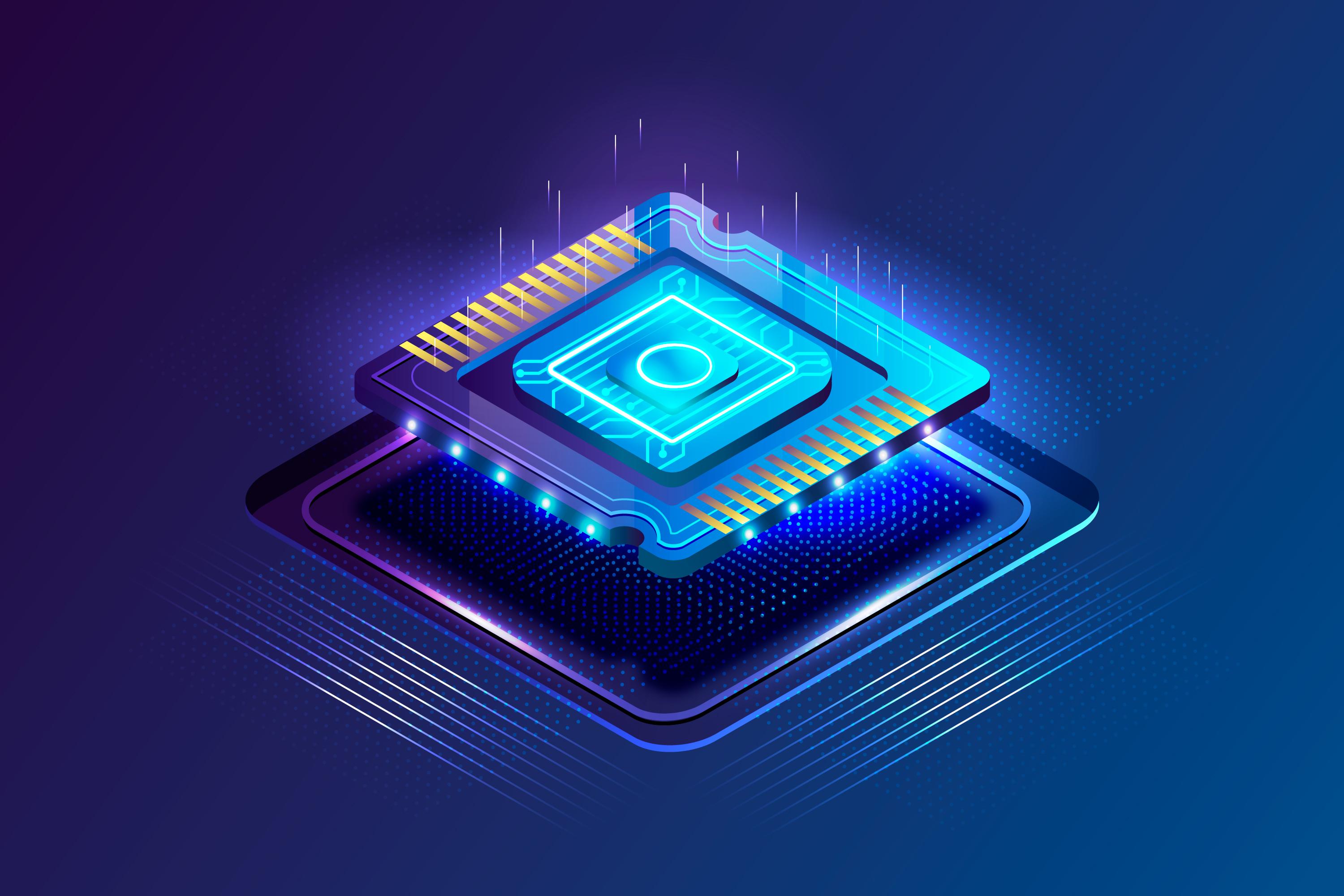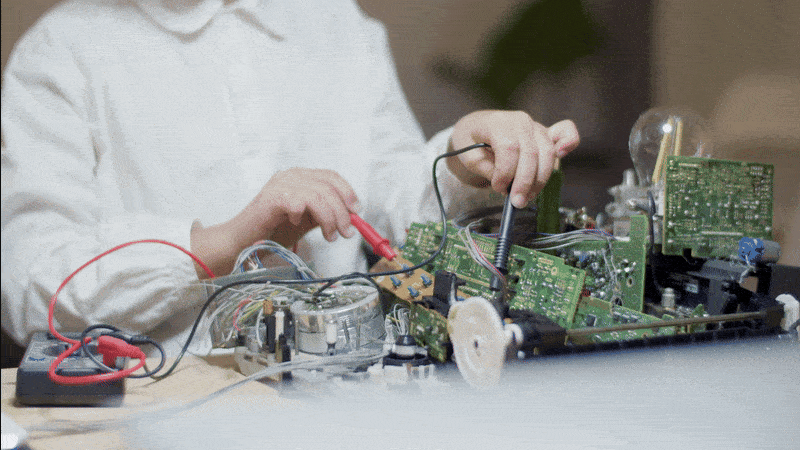Introduction
In the ever-evolving landscape of technology, the Internet of Things (IoT) has emerged as a transformative force, reshaping the way we interact with the world around us. IoT is not only altering industries but also providing countless opportunities for students, particularly those in the field of Electronics and Communication Engineering (ECE), to gain hands-on experience in this exciting domain. IoT mini projects for ECE students offer a unique platform for learning and innovation, enabling them to apply theoretical knowledge to practical scenarios. In this comprehensive guide, we will explore various IoT-based mini projects specifically tailored for ECE students, shedding light on their significance, implementation, and potential impact.
The Significance of IoT Mini Projects for ECE Students
In the realm of electronics and communication engineering, IoT-based mini projects for ECE students have gained remarkable importance. These projects not only enhance practical skills but also prepare students for the future, fostering innovation and problem-solving abilities. In this article, we delve into the significance of IoT mini projects in shaping the careers of budding ECE engineers.Before delving into the specific projects, it's crucial to understand why IoT mini projects are essential for ECE students:
Hands-on Learning
IoT mini projects provide students with practical experience, allowing them to work with real-world applications of IoT technology. This hands-on learning approach helps bridge the gap between theory and practice.
Skill Development
These projects nurture a wide range of skills, including programming, sensor interfacing, data analysis, and communication protocols. ECE students can enhance their technical capabilities and gain a competitive edge in the job market.
Interdisciplinary Knowledge
IoT projects often require collaboration between various engineering disciplines, fostering a multidisciplinary approach to problem-solving. ECE students can learn to work in diverse teams, which is a valuable skill in today's tech-driven world.
Innovation and Creativity
IoT mini projects encourage students to think innovatively. They have the freedom to devise solutions to real-world problems, fostering creativity and critical thinking.
Now that we understand the significance, let's explore some exciting IoT mini projects suitable for ECE students:
Smart Home Automation System
Description: Create a system that allows users to control household appliances remotely using a smartphone app. Incorporate sensors to monitor environmental conditions and adjust devices accordingly for energy efficiency.
Skills Gained: Sensor interfacing, mobile app development, IoT protocols.
Health Monitoring Wearable
Description: Design a wearable device that tracks vital signs such as heart rate, temperature, and activity levels. The data can be sent to a mobile app for real-time monitoring.
Skills Gained: Sensor integration, data analysis, mobile app development.
Smart Agriculture System
Description: Develop a system that collects data from soil moisture and weather sensors to optimize irrigation and crop management. Use IoT to provide farmers with real-time data and alerts.
Skills Gained: Sensor networks, data analytics, IoT cloud platforms.
Environmental Monitoring System
Description: Create a network of sensors to monitor air quality, pollution levels, and weather conditions in a specific area. Visualize the data in real-time on a web interface.
Skills Gained: Sensor networks, web development, data visualization.
Intelligent Traffic Management
Description: Implement a traffic management system that uses IoT to collect data from cameras and sensors at intersections. This data can be used to optimize traffic flow and reduce congestion.
Skills Gained: Image processing, sensor integration, traffic modeling.
Smart Water Quality Monitoring
Description: Develop a system to continuously monitor the quality of water in reservoirs or rivers. The data can be transmitted to a central database for analysis and early detection of pollution.
Skills Gained: Water quality sensors, data transmission, database management.
Home Energy Management
Description: Build a system that monitors and optimizes home energy usage. It can include features like scheduling appliances for off-peak hours and tracking energy consumption.
Skills Gained: Energy monitoring, optimization algorithms, user interface design.
Asset Tracking System
Description: Create a tracking system for valuable assets using IoT technology. This could be used in warehouses, hospitals, or any environment where asset management is critical.
Skills Gained: RFID technology, GPS tracking, database management.
IoT-based Security System
Description: Design a homesecurity system that uses IoT to detect intrusions, fire, or gas leaks. It can send alerts to homeowners and authorities in case of emergencies.
Skills Gained: Sensor integration, security protocols, mobile notifications.
Smart Garbage Bin
Copy code
- **Description**: Develop a garbage bin with IoT capabilities to optimize waste collection routes. The bin can alert the collection team when it's full, reducing unnecessary trips
- **Skills Gained**: Ultrasonic sensors, GPS tracking, route optimization.
Implementation Tips for IoT Mini Projects
In the realm of IoT-based mini projects for ECE students, successful implementation is the key to unlocking innovation. This article provides essential tips to guide aspiring engineers in creating and executing impactful IoT mini projects. With the right guidance, ECE students can become IoT pioneers, shaping the future of technology.Implementing Internet of Things (IoT) mini projects can be an exciting yet challenging endeavor for Electronics and Communication Engineering (ECE) students. These projects often involve a combination of hardware, software, and data analysis, making proper planning and execution crucial for success. To help you navigate the intricacies of IoT project implementation, here are some essential tips and best practices:
Plan and Research Thoroughly
Before diving into the project, it's essential to conduct comprehensive research and planning. Define clear project objectives and requirements. Research the specific sensors, microcontrollers, communication protocols, and software platforms that best suit your project. Having a well-thought-out plan will save time and resources in the long run.
Use Open-Source Hardware and Software
Leverage open-source hardware platforms like Arduino, Raspberry Pi, or ESP8266, and open-source software libraries. These resources are not only cost-effective but also offer a vast community of developers and enthusiasts who can provide support and share knowledge. Open-source solutions can significantly accelerate your project's development.
Collaborate and Seek Guidance
IoT projects often involve complex aspects of hardware and software integration. Encourage collaboration among project team members with diverse skills, such as hardware design, programming, and data analysis. Additionally, seek guidance from professors, mentors, or industry experts who can offer valuable insights and help you overcome challenges.
Focus on Data Security
Security is a paramount concern in IoT projects, especially when dealing with sensitive data. Implement robust security measures to protect data both in transit and at rest. Use encryption protocols, secure communication channels, and authentication mechanisms to safeguard your project against potential vulnerabilities and cyber threats.
Thorough Testing and Debugging
Rigorous testing and debugging are essential steps in IoT project development. Test your project components individually before integrating them into the final system. Continuously monitor and analyze data to identify and resolve issues promptly. Embrace a systematic and iterative approach to improve the project's reliability and performance.
Documentation Is Key
Maintain comprehensive documentation throughout the project's lifecycle. Document hardware schematics, code, data analysis procedures, and any modifications or troubleshooting steps. Clear documentation not only aids in understanding your project but also serves as a valuable resource for future reference and potential collaborators.
Optimize Power Consumption
Efficient power management is crucial, especially for IoT devices that may run on battery power. Implement power-saving techniques, such as using low-power microcontrollers, optimizing sensor data collection intervals, and employing sleep modes whenever possible. Balancing functionality with power consumption is essential for the long-term operation of your IoT project.
Conclusion
IoT mini projects for ECE students provide an excellent opportunity to gain practical experience, enhance technical skills, and contribute to innovative solutions. As technology continues to evolve, the demand for skilled IoT professionals grows. By undertaking these projects, ECE students not only prepare themselves for exciting careers but also contribute to the ever-expanding IoT ecosystem, making a positive impact on society. So, don't hesitate to embark on your IoT journey and explore the limitless possibilities this field has to offer. Whether you choose to automate homes, monitor environmental conditions, or revolutionize agriculture, your IoT endeavors have the potential to shape the future. Embrace the challenge, and let your creativity and innovation thrive in the world of IoT-based mini projects for ECE.

Why VLSIFIRST Is the Best Career Launchpad for ECE, EEE & CSE Graduates
Discover why ECE, EEE, and CSE graduates choose VLSIFIRST for high-paying VLSI careers. Learn how industry-ready training, projects, and placements accelerate your journey.

Engineering Completed? How VLSIFIRST Helps You Enter VLSI Faster
Discover how VLSIFIRST helps engineering graduates fast-track their VLSI careers with industry-ready training, projects, mentorship, and job-oriented skill development.

Clock Gating vs Power Gating: Implementation, RTL Flow & Verification Guide
Learn how to implement clock gating and power gating with RTL design steps, backend changes, UPF flow, and a full verification checklist for efficient low-power VLSI design.
_11zon.jpg)
What to Do After Engineering? Why VLSIFIRST Leads Chip Design Careers
Discover why VLSIFIRST is becoming the top choice for engineering graduates pursuing VLSI and semiconductor careers. Explore job roles, growth, and industry-ready training benefits.

VLSI Career Roadmap for Engineering Graduates: Step-by-Step Guide
A complete VLSI career roadmap for engineering graduates. Learn skills, domains, tools, and steps to become a successful semiconductor engineer in the chip design industry.
Hours
Copyright 2025 © VLSI Technologies Private Limited
Designed and developed by KandraDigitalCopyright 2025 © VLSI Technologies Private Limited
Designed, Developed & Marketing by KandraDigital
